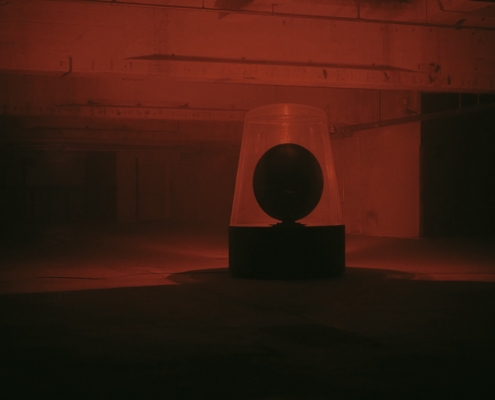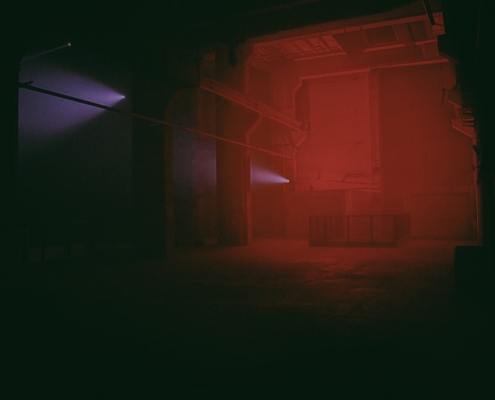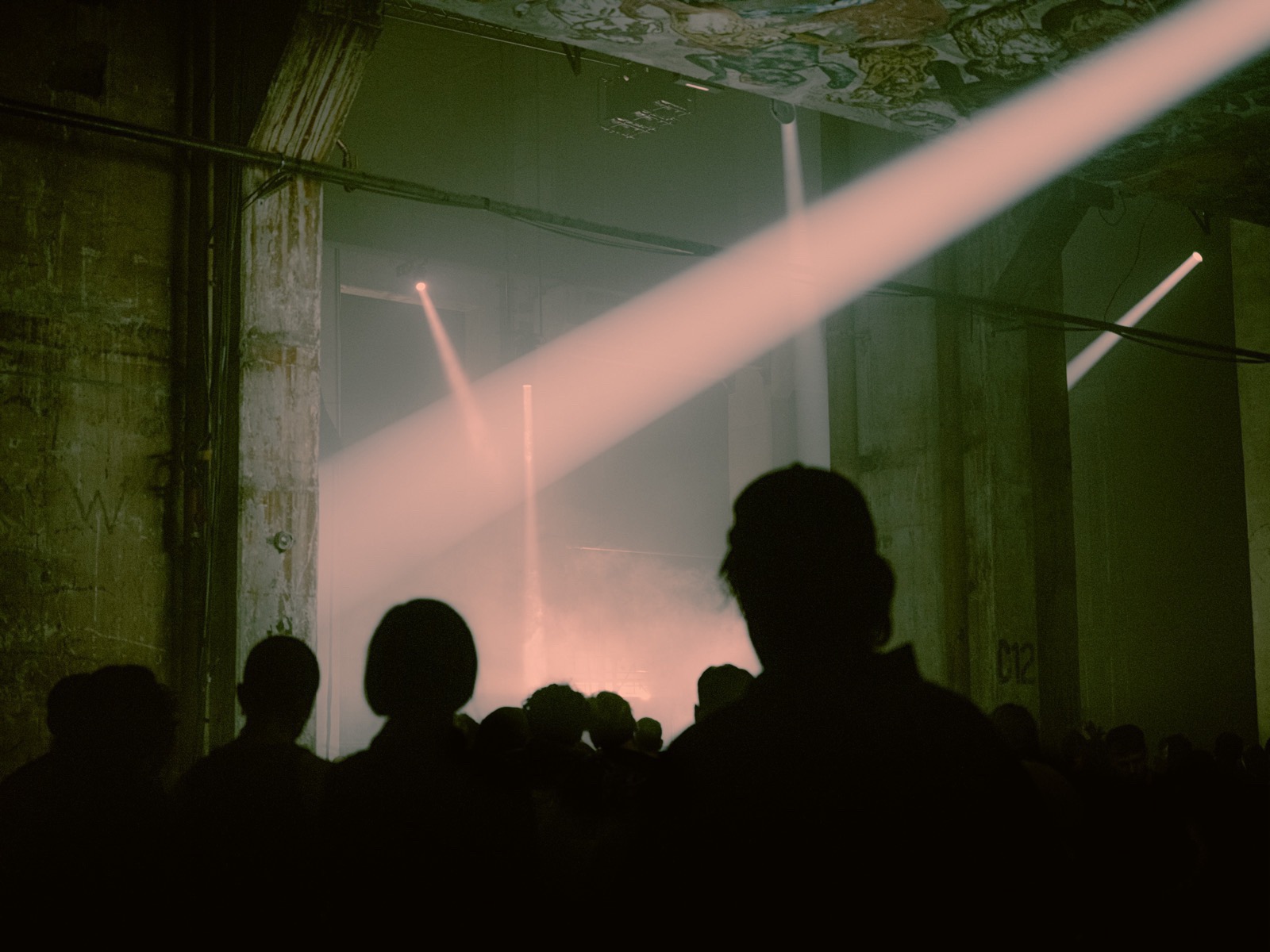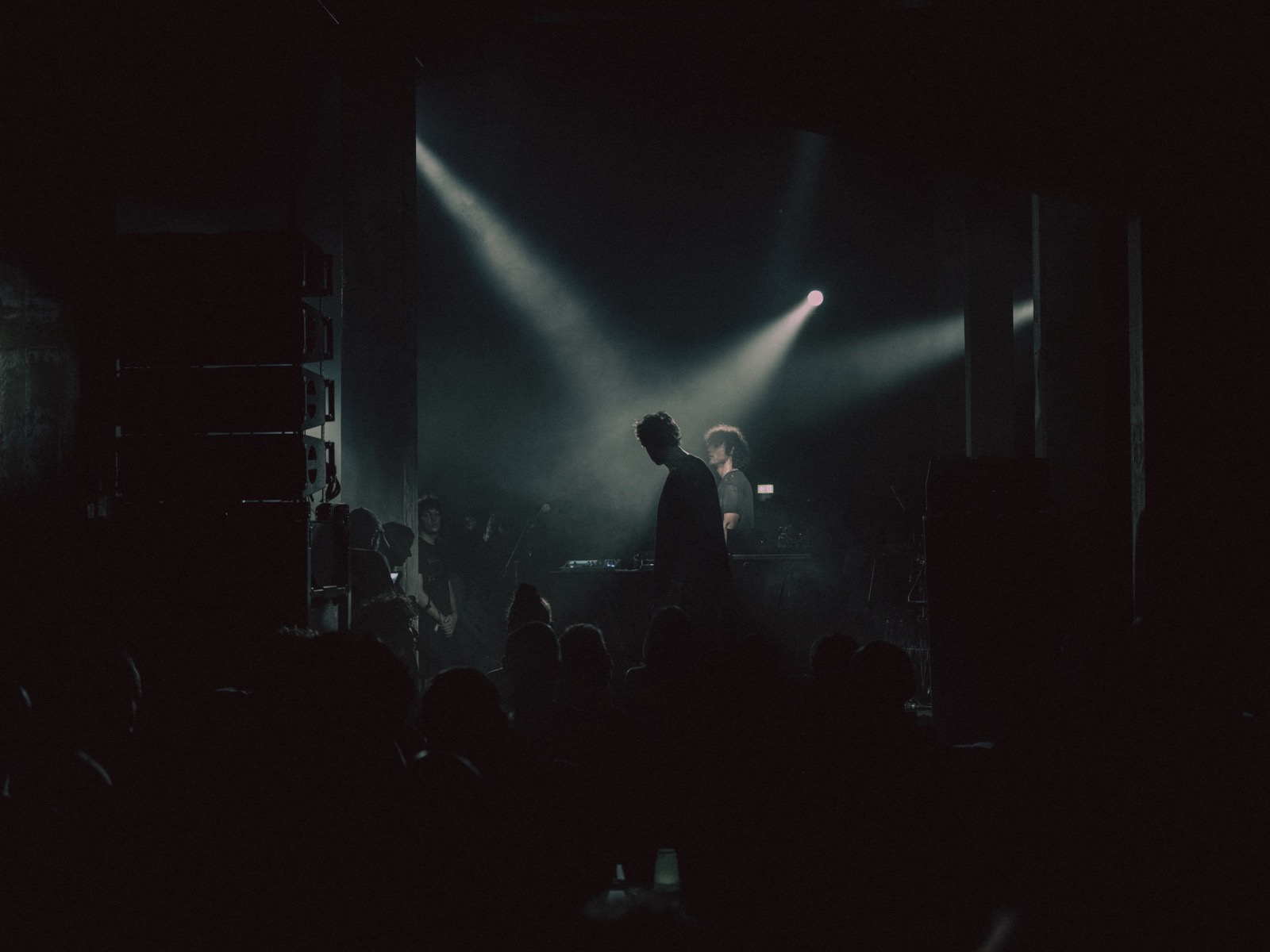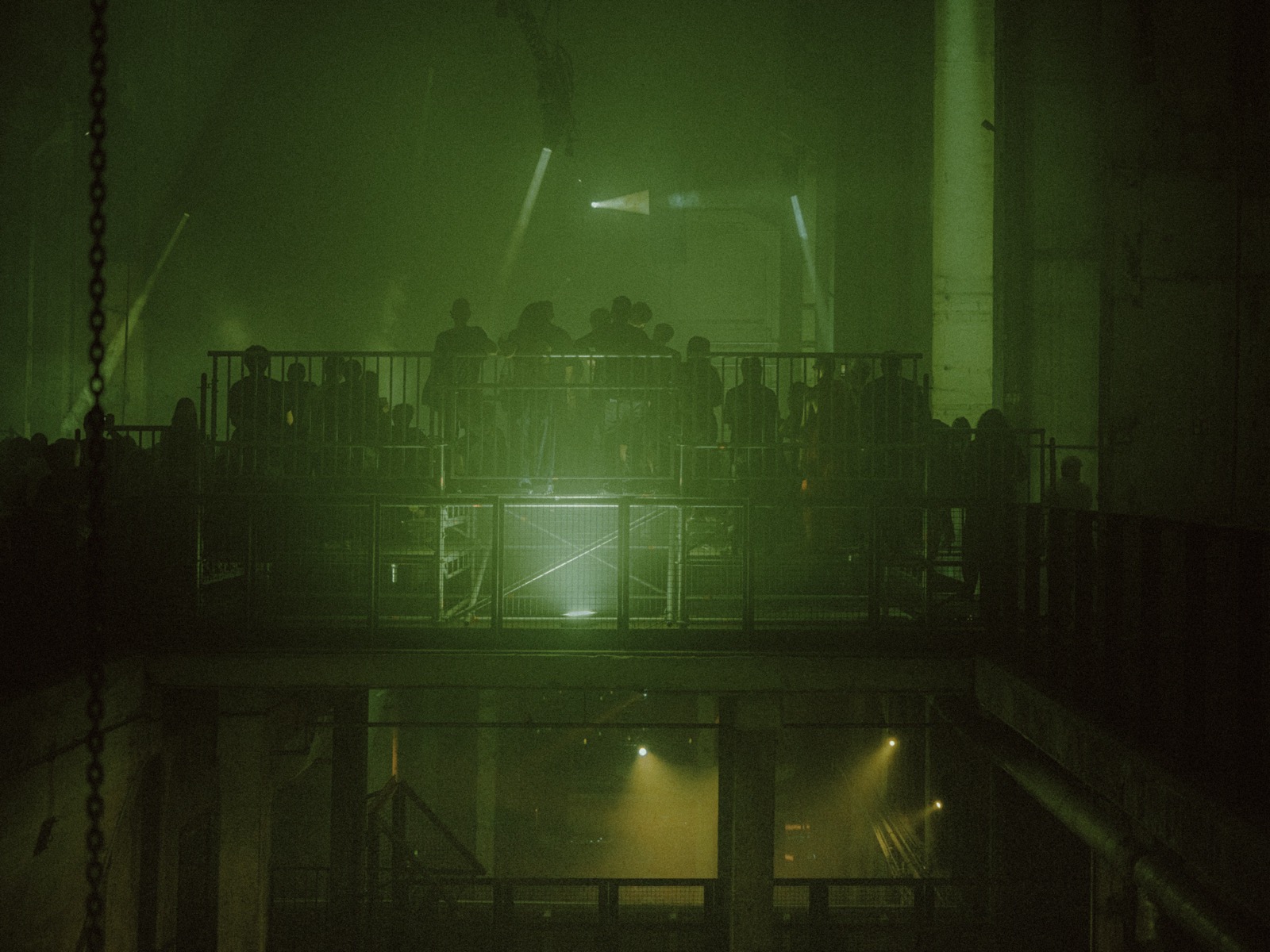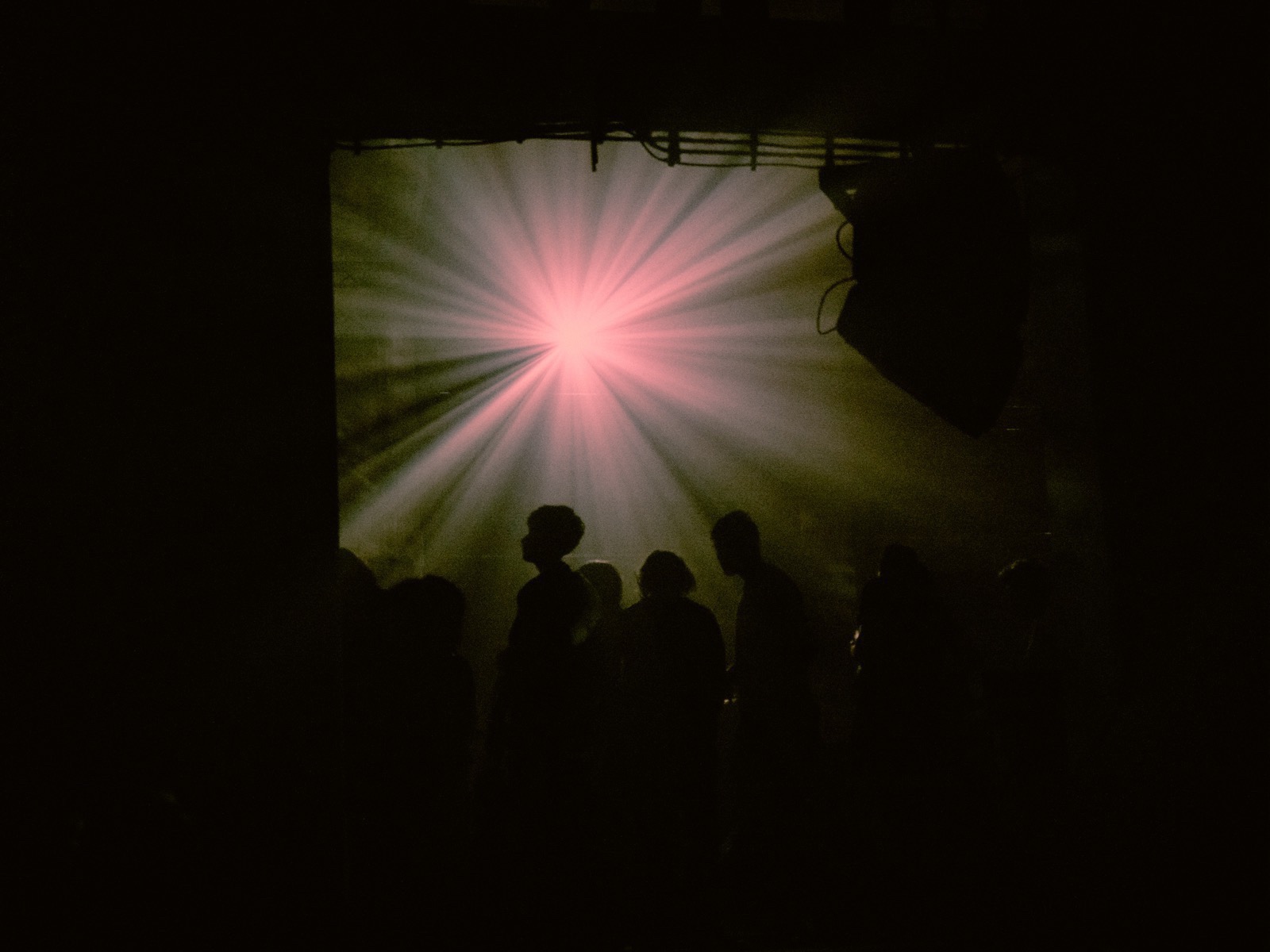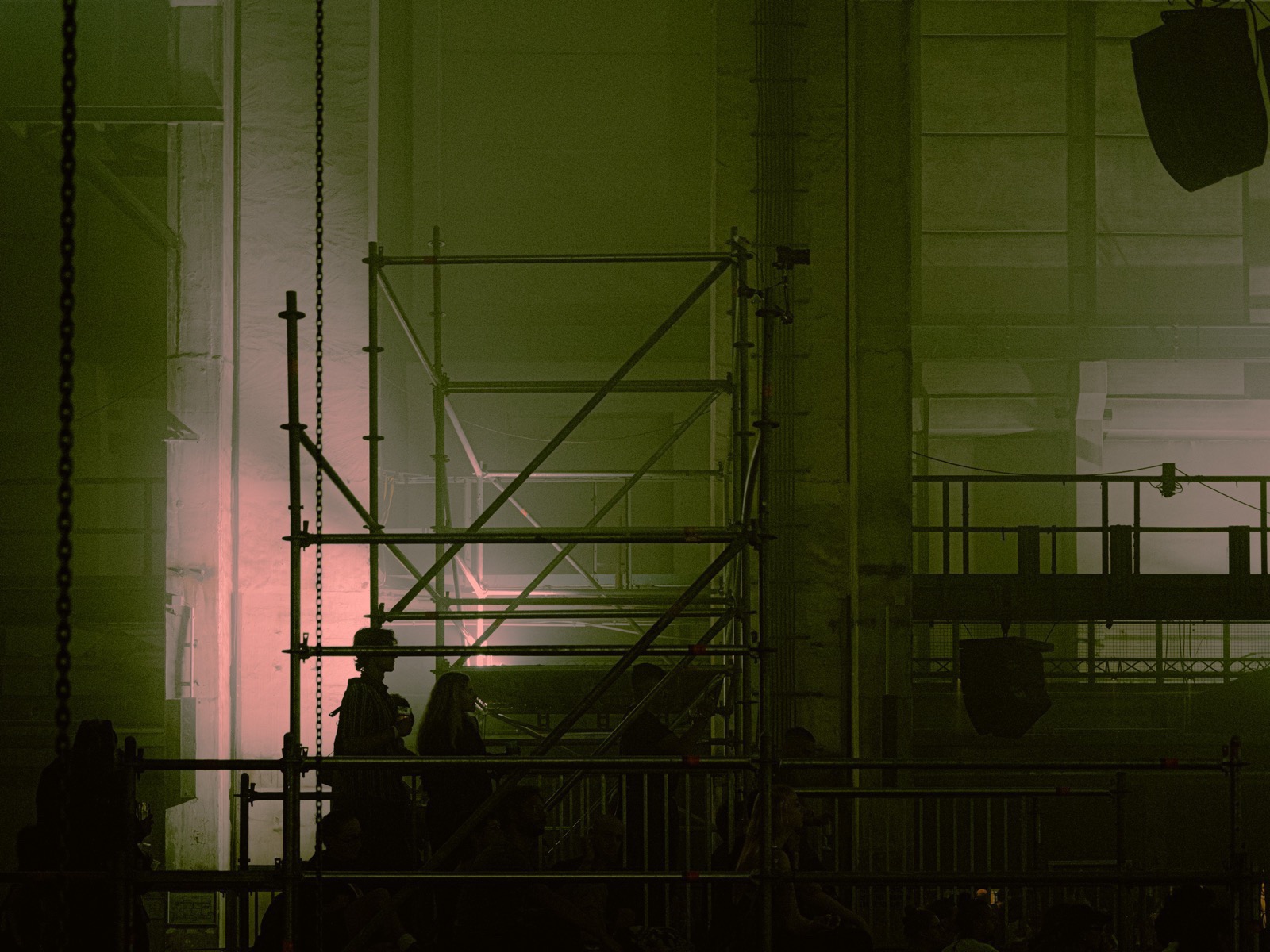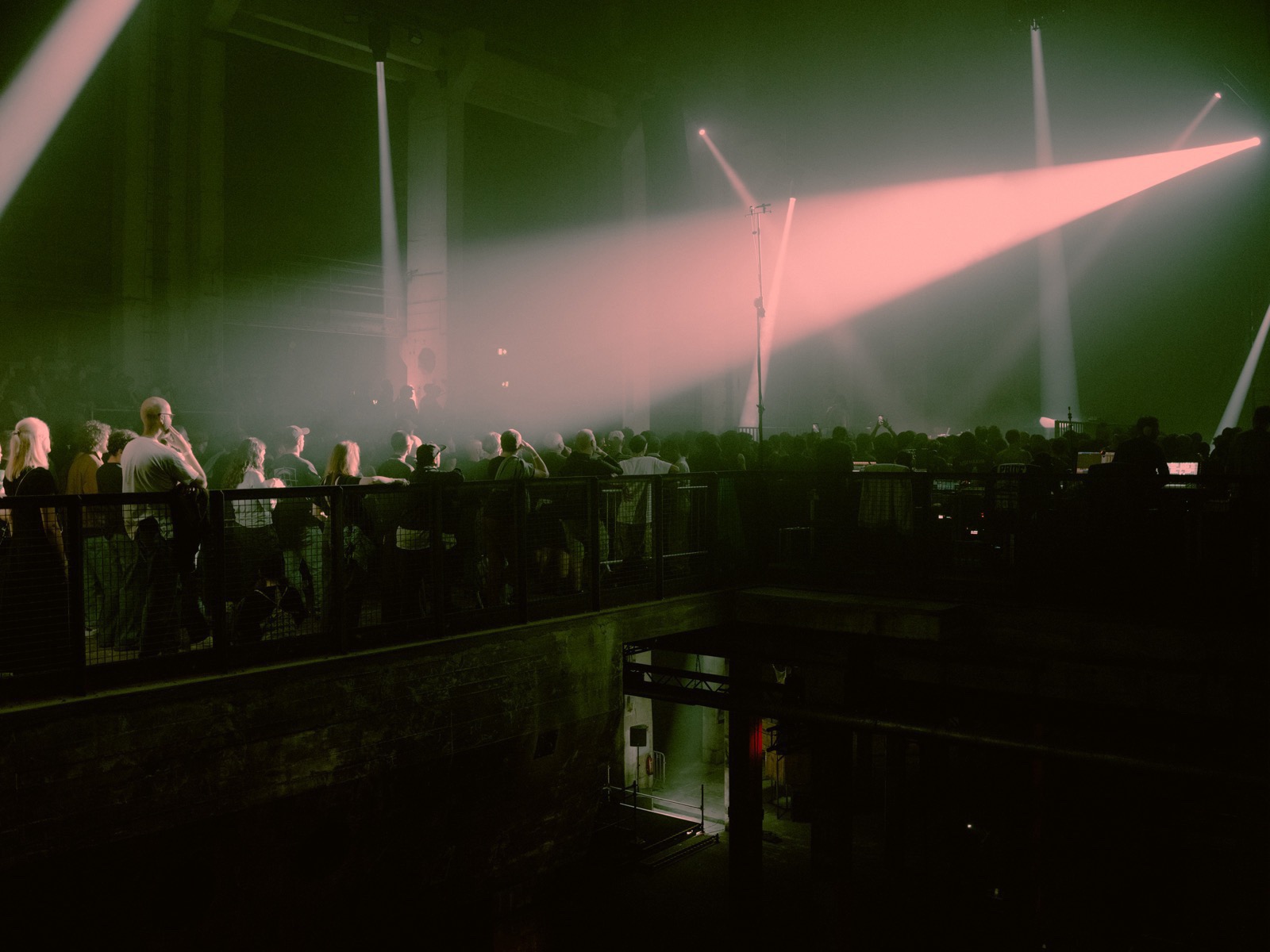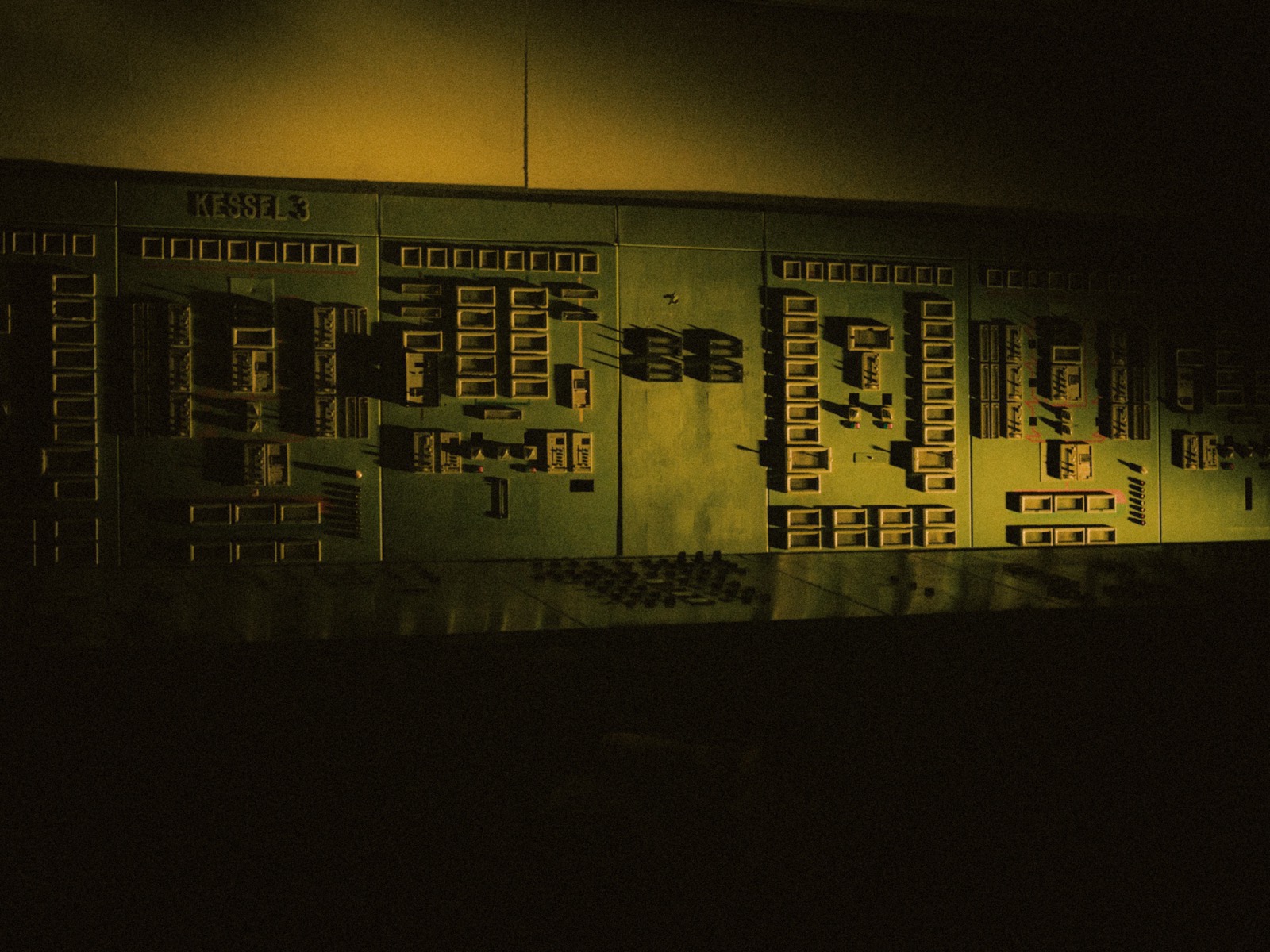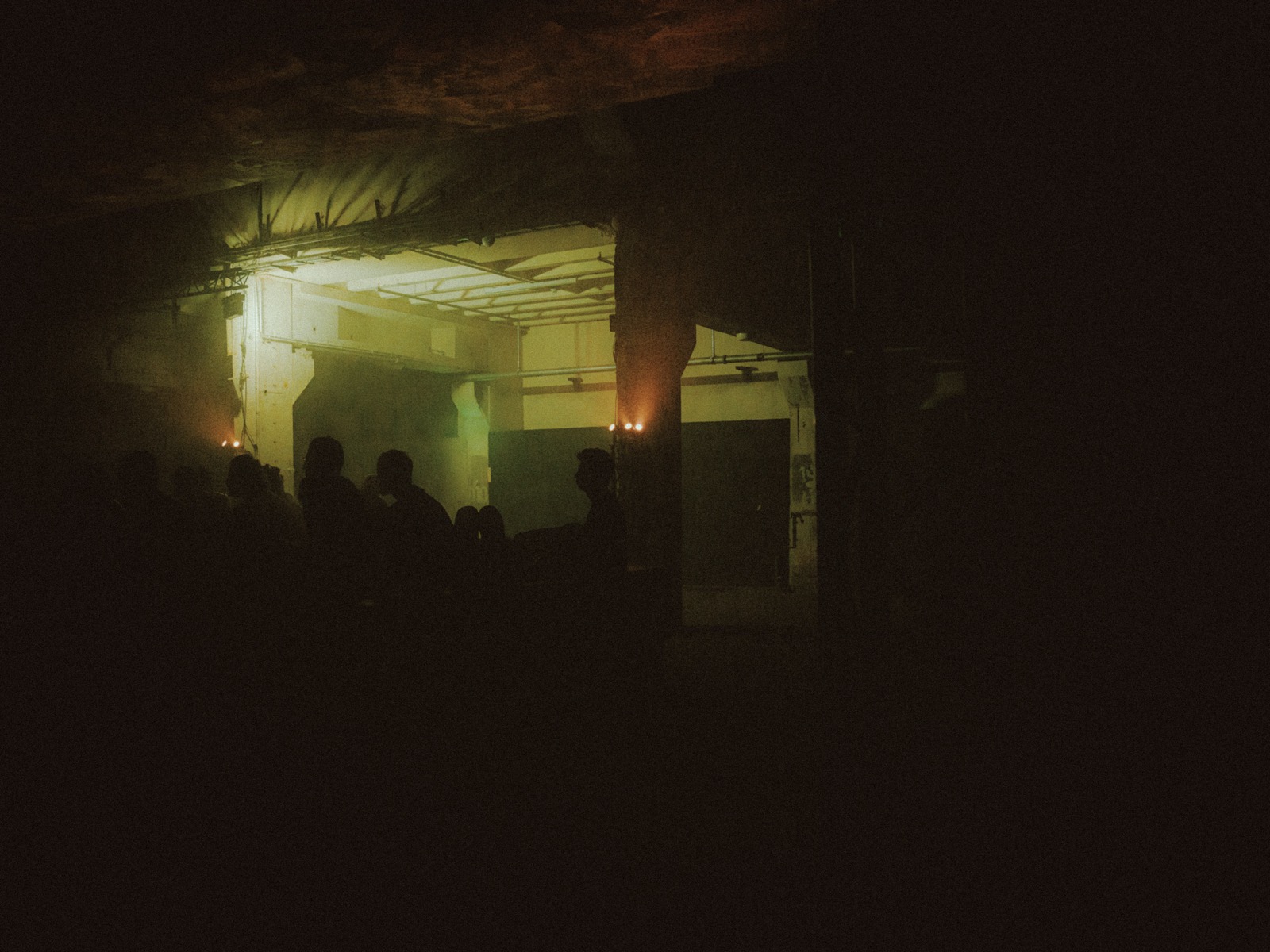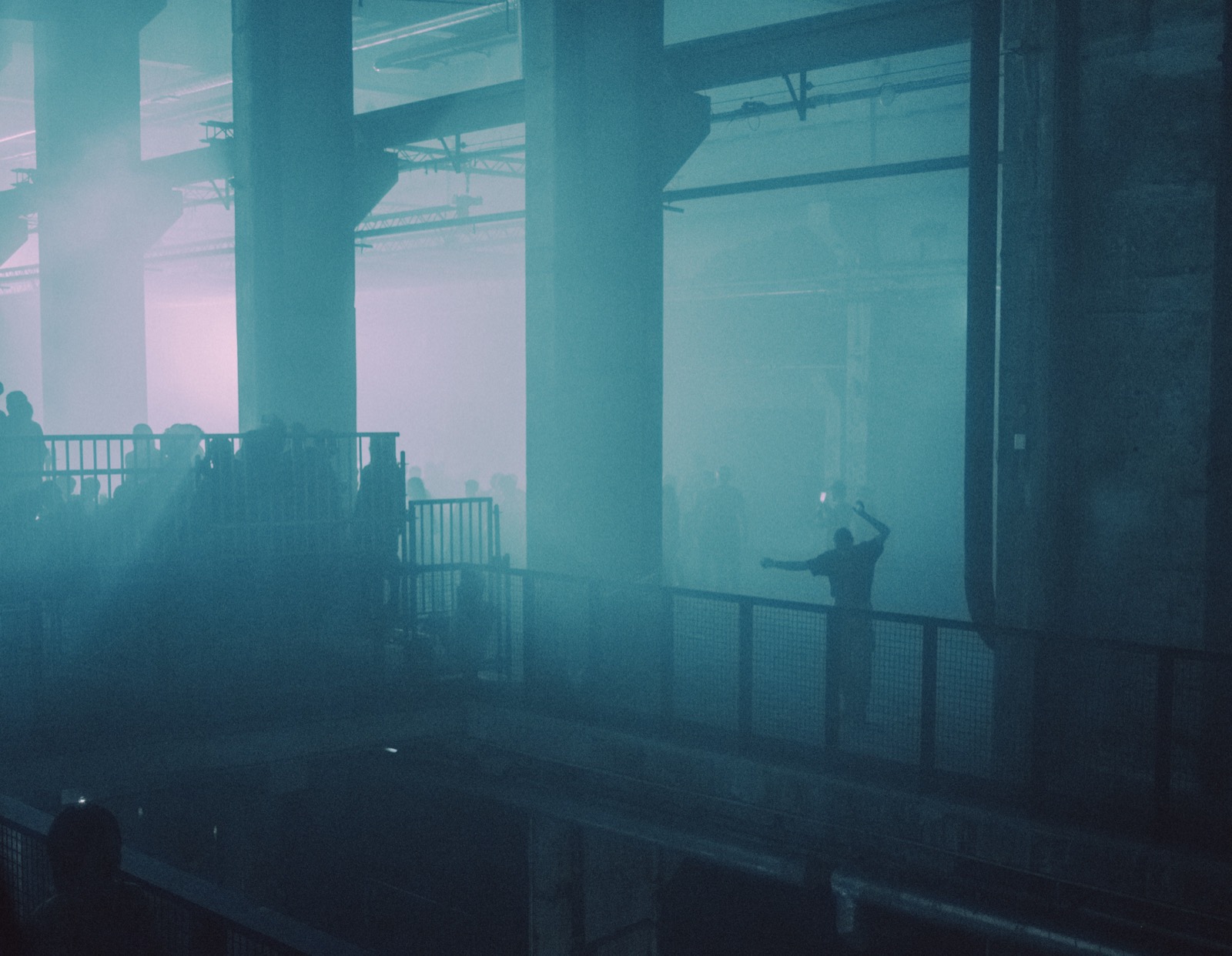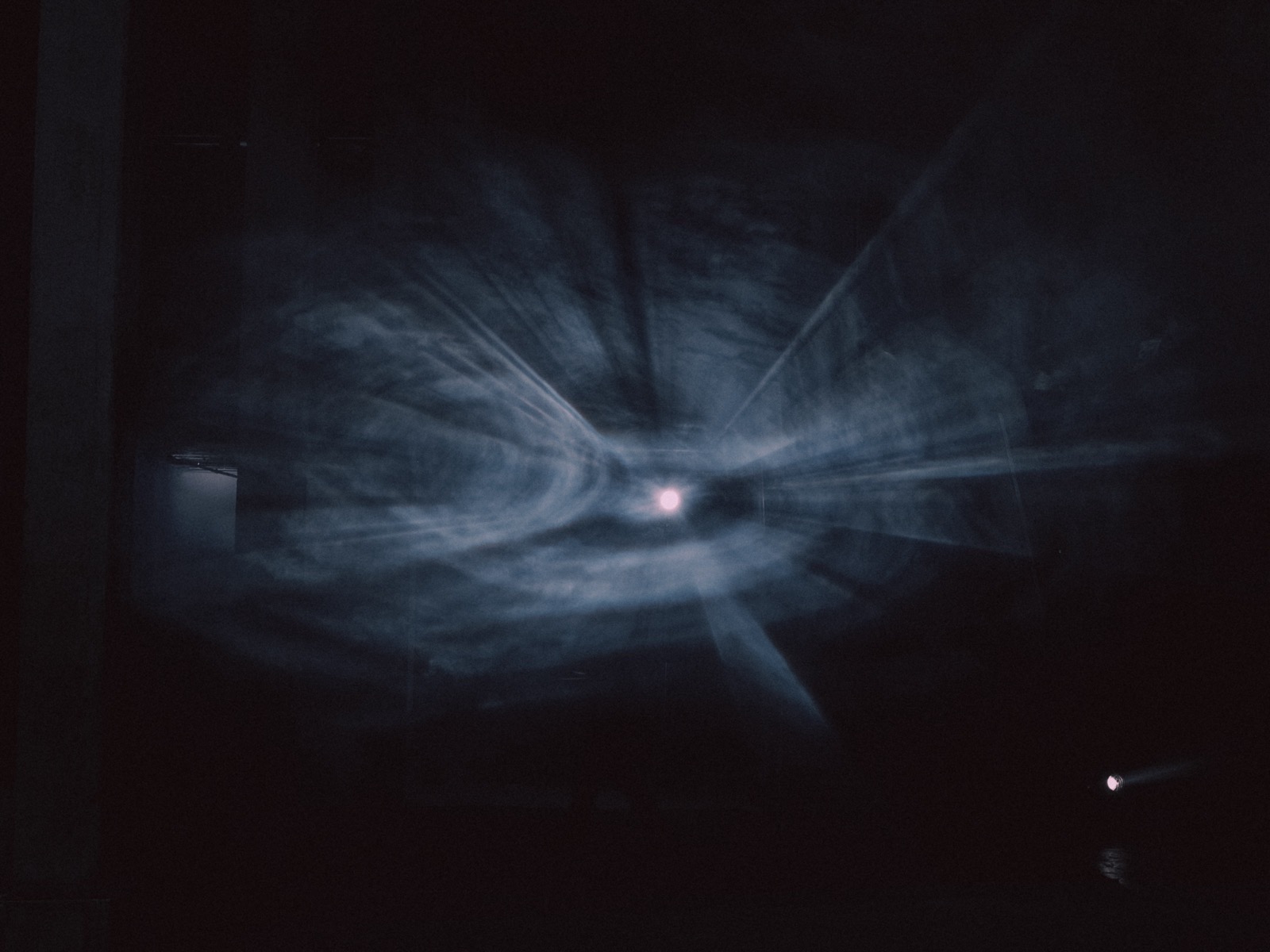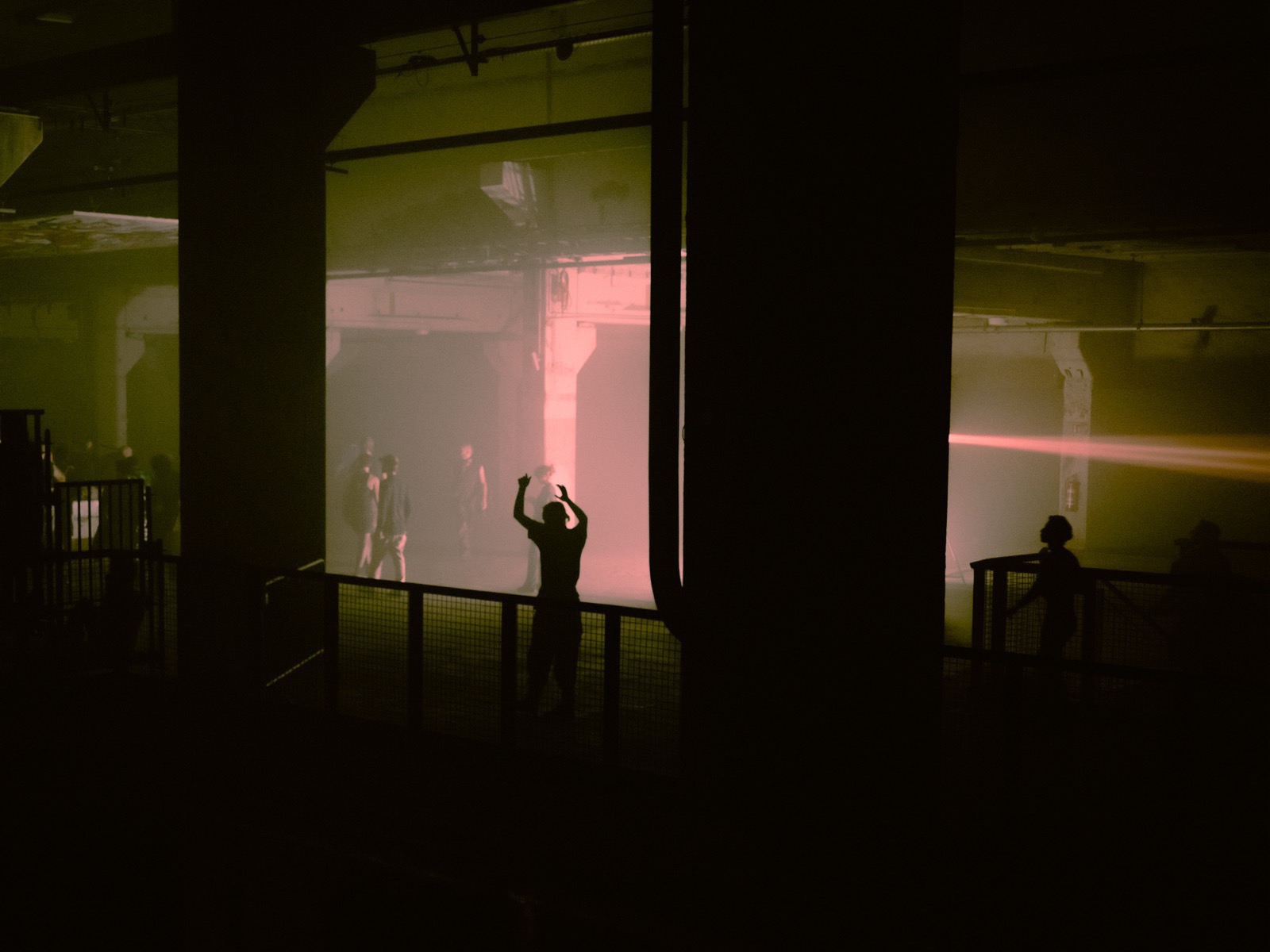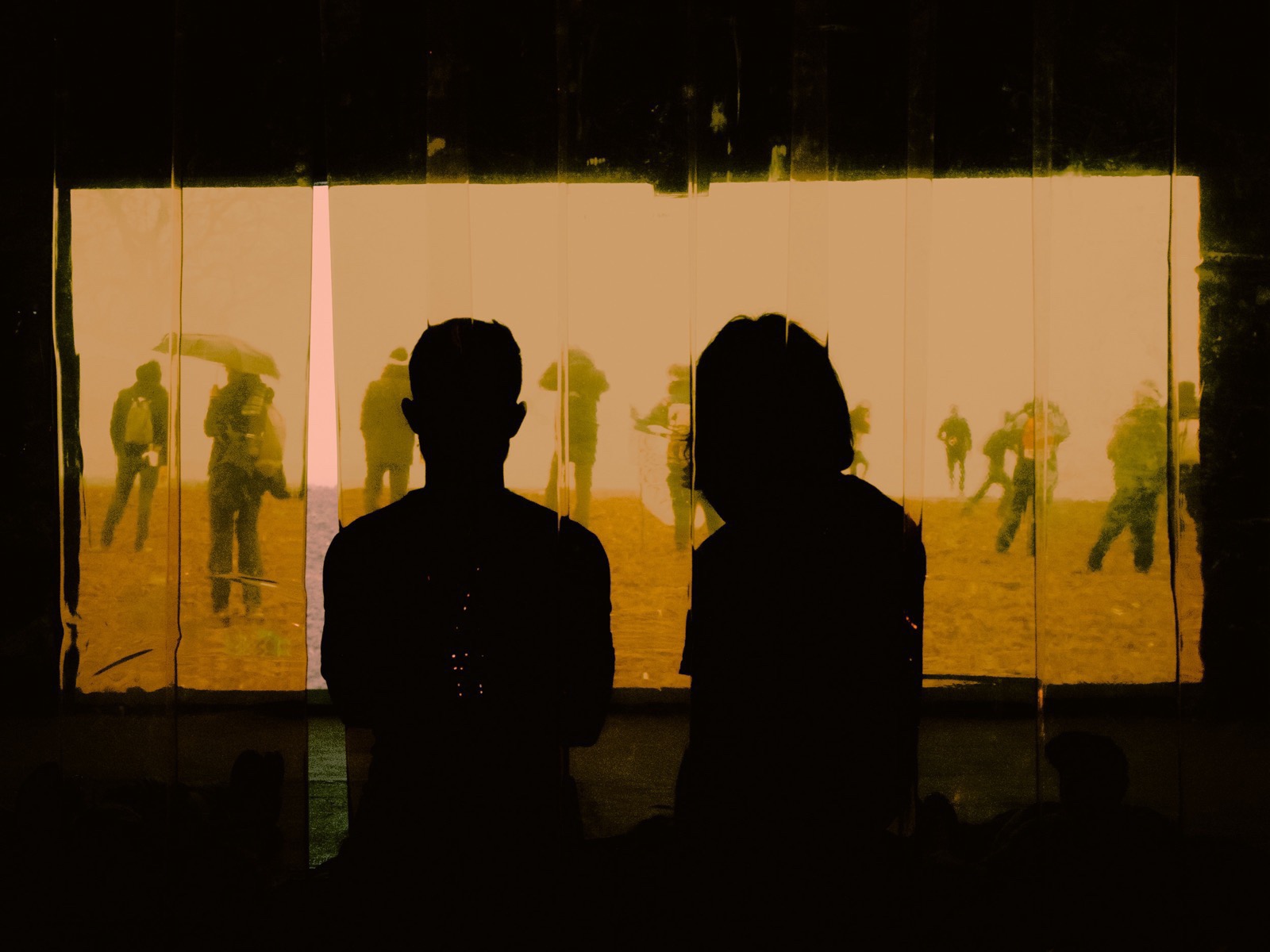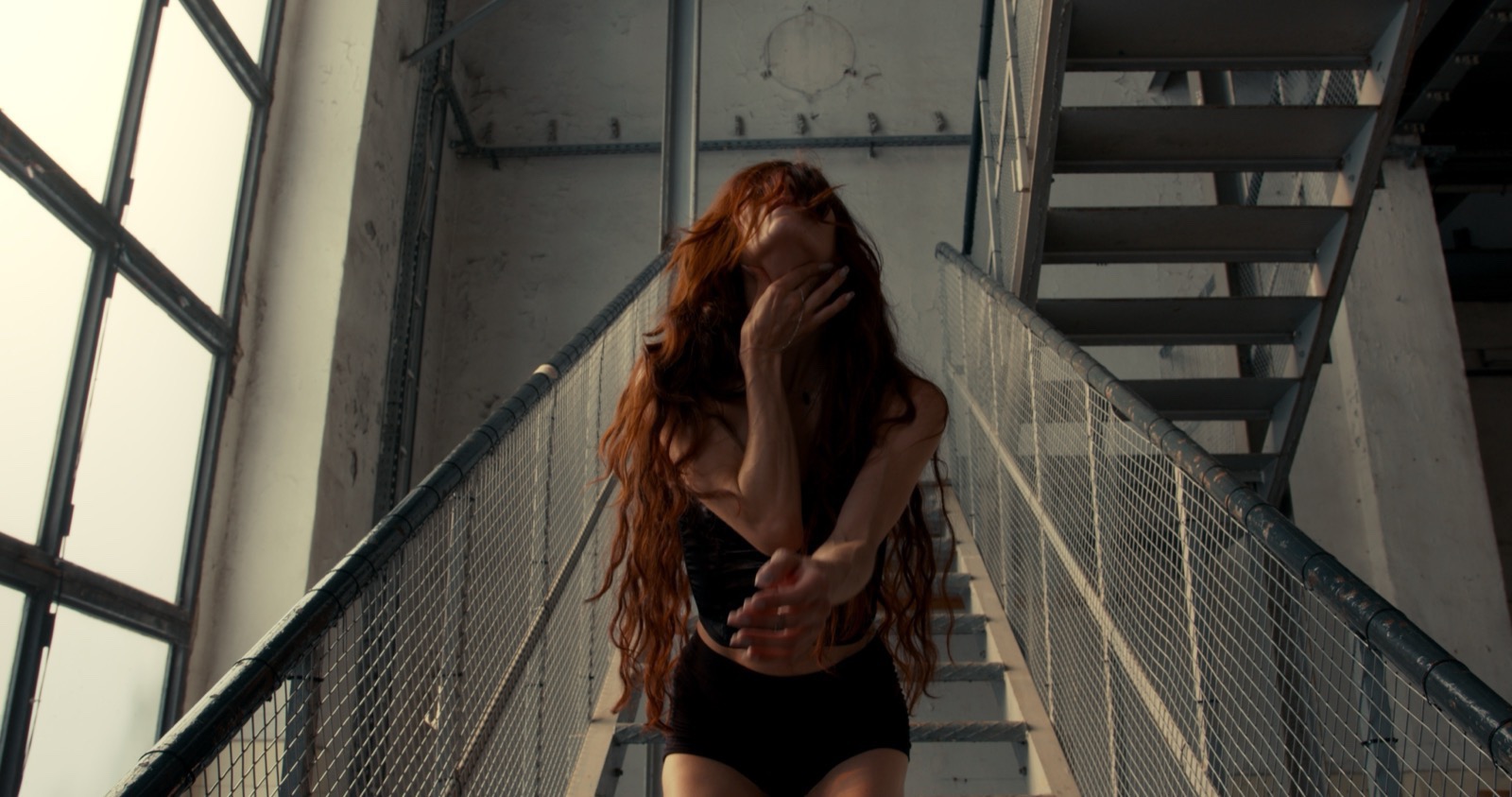Thank you:
Third Surface
Richard Sides, Torus, Keira Fox, Enver Hadzijaj, Moin, Mohammad Adam, YHWH Nailgun, DJ Marcelle, John T. Gast, Lechuga Zafiro & Verraco, Chuquimamani-Condori aka Dj E everything upful (Gavsborg feat. Kat 7, Tóke & groundsound), Mala, Calibre
Main Stage
Carmen Villain, NYX, Lee Ranaldo + Peder Mannerfelt + Yonatan Gat con Leah Singer, Bendik Giske & Sam Barker, Malibu, Ziúr & Sandi, Carrier & Riyo Nemeth, emptyset, Rashad Becker , Griend (Puce Mary & Rainy Miller), Lord Spikeheart w/ NMR, Mark Fell & Okkyung Lee, Purelink con Mika Oki, Ego Death (Aho Ssan + Resina), Amnesia Scanner w/ Freeka.tet, Heith, Niecy Blues, Merzbow / Iggor Cavalera / Eraldo Bernocchi
Projection Room, movie restorations, politics, ecology,
Basma Al-Sharif – O, Persecuted (2014, 11”)
Kamal Aljafari – A Fidai Film (2024, 78”)
Nelson Makengo – Rising Up At Night (2024, 95” )
Ben Russell & Guillaume Cailleau – Direct Action (2024, 221”)
Noor Abed – A Night We Held Between (2024, 30” ) & our songs were ready for all wars to come (2021, 20″)
Listening Room
Anne Imhof – WYWG
Jeremy Shaw – Phase Shifting Index
Jenna Sutela – Pond Brain
Cyprien Gaillard – Retinal Rivalry
Mohamed Bourouissa – LILA
Installations
Kristoffer Akselbo – Barracuda, 2025
Tot Onyx – We are Numbers, 2025
Joanna Rajkowska – Emergency Lights, 2016-2025
Roberto Cuoghi, Untilted Posters 2025
Mouneer Al Shaarani – Military Repression and Authoritarianism Around the World Collection, 1977
Ran Zhang – Dark Romance, 2025
Nino bulling – Pressure, 2025
Tanja al Kayyali – The Moon, 2025
Bill Kouligas &Niklas Bildstein Zaar Limbus, 2025
Steinar Haga Kristensen – PARASOSIALTVEKKELSESAPPARAT, 2025, PANSOSIALUTVIKLINGSSENTRAL, 2025 , Sentralapparat, 2025, ULTRAIDENTIFIKASJONSPAVILJON, 2025
OHM
Tina, LAMB K305, Mouth Wound, Gavsborg, Opoku, Baba Sy, Brian Foote, TNTC, Lil Mofo, STILL, livwutang, Tris, NVST, Wrecked Lightship, St Agnis, gyrofield, NEUX, Daisy Ray, Kettel, Gombeen, Doygen, Nexus, MBODJ, EMA, Sofii, Katatonic Silentio, Thomas Hoffmann, Rafush, Azu Tiwaline, Moritz von Oswald, F#X, Arthur, Tikiman, Verraco, Shy One
Tresor
Erik Jabari, TYGAPAW, Nawaz, Jasmín, NEUX, Civic Instruction, Hadone, UFO95, Rrose, Ana Rs, Katatonic Silentio, Anthony Linell, DJ Red, Neel, Animistic Beliefs, Facta, K-LONE
Globus
Significant Other, DJ Pete b2b Calibre, Marylou, re:ni b2b Mia Koden, Djrum, Vlada b2b Skee Mask, Facta & K-LONE, Pinch, Martyn, Emily Jeanne, DJ Red b2b Neel b2b Anthony Linell, Rrose
 https://www.nastymagazine.com/wp-content/uploads/2018/05/wgt2018-by-marco-giuliano-1.jpg
1000
1500
admin
https://www.nastymagazine.com/wp-content/uploads/2015/02/new-logo-basker-WHITE4.png
admin2018-06-01 10:42:322021-04-10 16:49:50Darklands / WGT 2018
https://www.nastymagazine.com/wp-content/uploads/2018/05/wgt2018-by-marco-giuliano-1.jpg
1000
1500
admin
https://www.nastymagazine.com/wp-content/uploads/2015/02/new-logo-basker-WHITE4.png
admin2018-06-01 10:42:322021-04-10 16:49:50Darklands / WGT 2018
